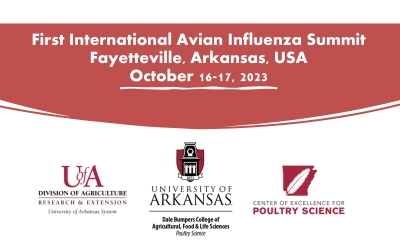New developments in animal mortality management during disease outbreaks
Authors: Gary A. Flory
GMPC TOP
2023.
vol. 3, Iss. 1
pp:0-19
Doi: https://doi.org/10.51585/gtop.2023.1.0022

Abstract:
In the face of escalating global concerns about the occurrence of animal disease outbreaks, effective and sustainable methods for the management of animal mortalities have become a critical component of public health and biosecurity strategies. This abstract presents a comprehensive overview of recent advancements in the field of animal mortality management, with a specific focus on innovative technologies, practices, and policies designed to mitigate the environmental, economic, and health impacts associated with mass mortalities during disease outbreaks. (1) Emerging technologies for mortality disposal: this section highlights current technologies such as composting, shallow burial with carbon, rendering, and incineration that offer more efficient and environmentally responsible alternatives to traditional disposal methods like deep burial and open burning. These technologies demonstrate promise in minimizing the spread of pathogens and reducing the environmental impact of traditional methods. (ii) biosecurity measures in mortality handling: addressing biosecurity risks associated with the transportation and disposal of animal carcasses is paramount in preventing secondary outbreaks. The abstract examines the opportunities posed by centralized carcass disposal and the protocols required to ensure that proper measures are in place to protect human and animal health. (iii) Regulatory frameworks and policy innovations: a critical aspect of effective mortality management involves the development and implementation of robust regulatory frameworks and guidance documents. This section explores recent policy developments at local, national, and international levels, with a focus on adaptive strategies that promote rapid response and coordination during outbreaks. (iv) Community engagement and stakeholder collaboration: successful mortality management necessitates transparent communication, community engagement, and collaboration among various stakeholders, including government agencies, veterinary professionals, farmers, and the public. This section explores innovative approaches to fostering partnerships and enhancing public awareness and understanding of mortality management practices. By synthesizing recent research and developments in animal mortality management, this abstract provides a comprehensive resource for policymakers, veterinarians, researchers, and practitioners involved in public health and biosecurity efforts. These advancements offer a promising foundation for more effective, environmentally conscious, and sustainable approaches to managing animal mortalities during disease outbreaks.
Keywords:
Influenza, Biosecurity, Mortality handling, Regulatory frameworks, Stakeholder collaboration
Statistics:
Article Views: 1218
PDF Download: 13